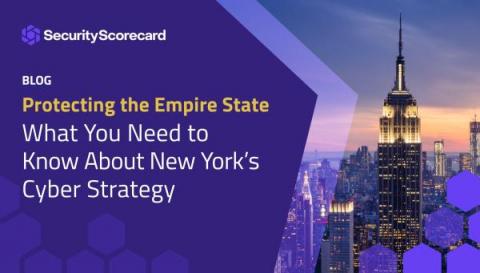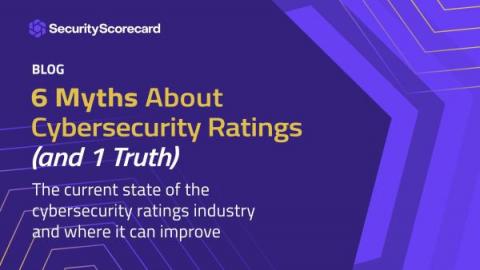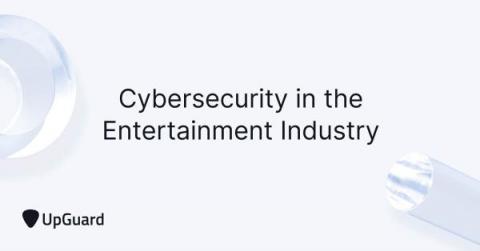Introducing Snyk's new Risk Score for risk-based prioritization
We’re happy to announce the open beta availability of Snyk’s new Risk Score! Replacing the existing Priority Score, the new Risk Score was designed to help you prioritize more effectively by providing you with an accurate and holistic understanding of the risk posed by a given security issue.









